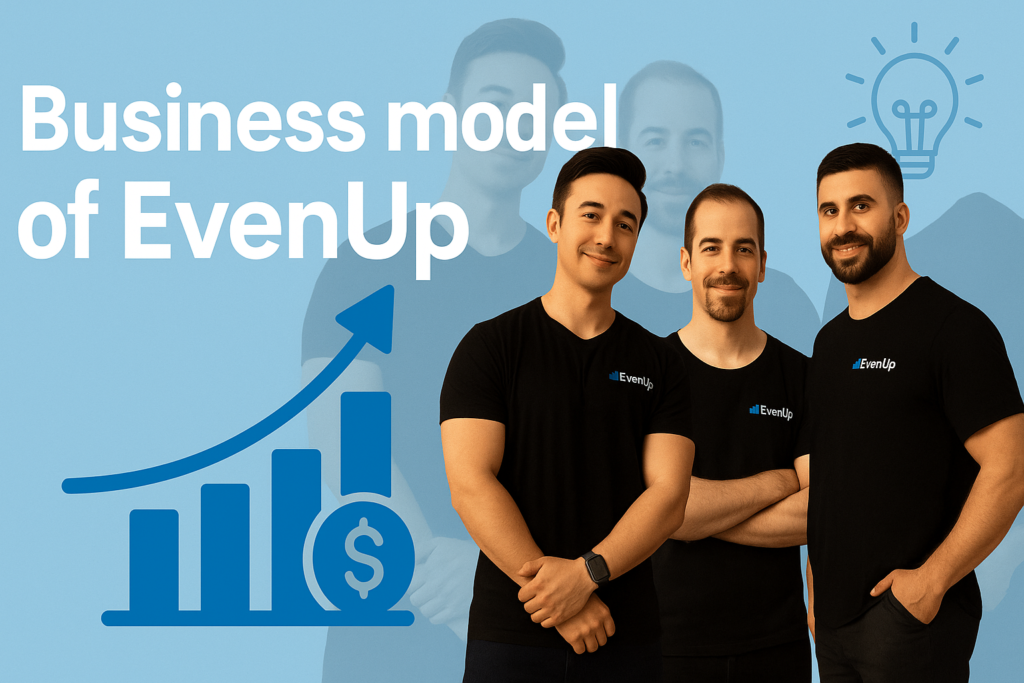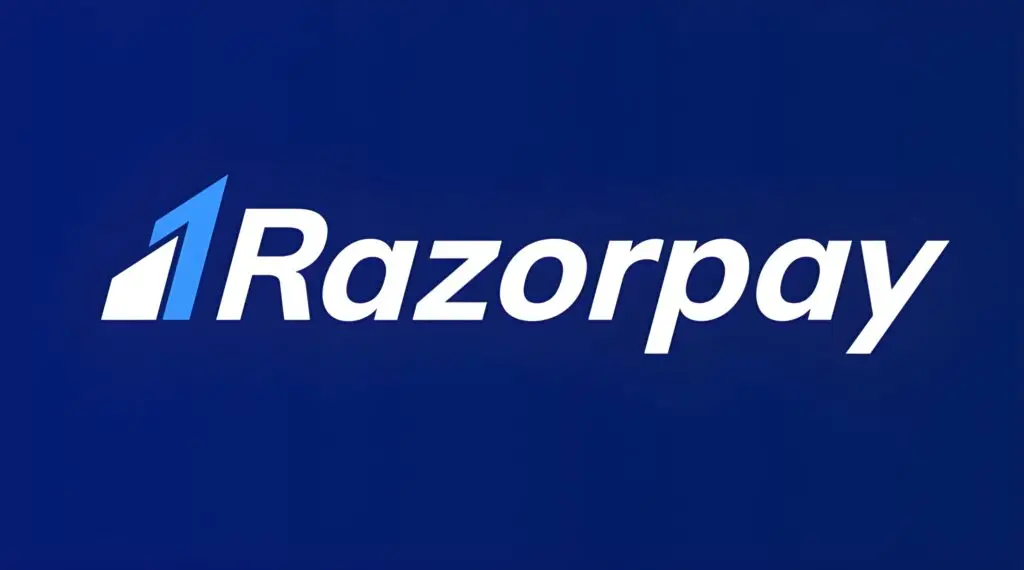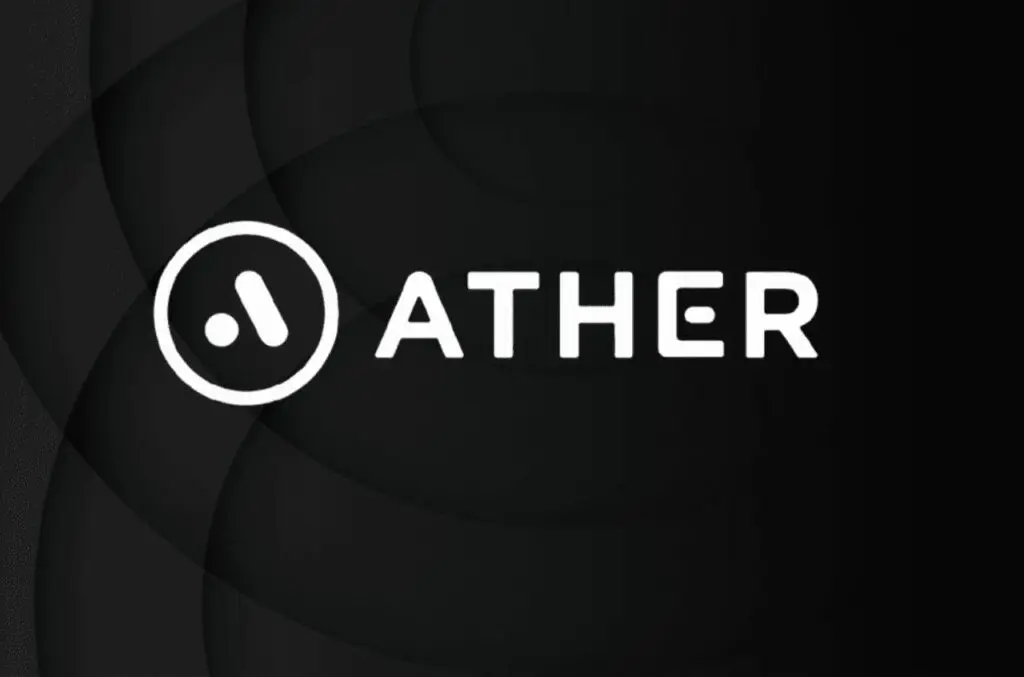| Category | Details |
|---|---|
| How EvenUP Started | Founded in 2019 by Rami Karabibar, Saam Mashhad, and Ray Mieszaniec after being rejected by Y Combinator three times. The founders identified a critical gap in personal injury law where victims settled for fractions of fair compensation due to resource constraints and information asymmetry. |
| Present Condition | Valued at $2 billion after Series E funding. Processed 200,000+ cases contributing to $10+ billion in damages secured. Led by CEO Rami Karabibar with backing from Bessemer Venture Partners, Bain Capital Ventures, Lightspeed Venture Partners, and SignalFire. |
| Future of Company & Industry | Positioned to dominate the $50 billion personal injury market as AI adoption accelerates. Legal tech funding at record highs signals industry-wide transformation. EvenUp plans expansion into adjacent legal verticals while deepening AI capabilities for case valuation and demand generation. |
| Opportunities for Young Entrepreneurs | Legal AI infrastructure (data processing, medical records analysis), niche practice area tools (workers’ compensation, medical malpractice), insurance tech integration, multilingual legal services, and complementary workflow automation for law firms represent untapped markets. |
| Market Share of EvenUP | Category leader in AI for personal injury law. Exact market share undisclosed, but 200,000+ cases processed indicates substantial penetration in a market serving 20 million annual injury victims. Competitive landscape includes traditional case management software lacking advanced AI capabilities. |
| MOAT (Competitive Advantage) | Proprietary AI trained on massive case dataset creates network effects—more cases processed improves prediction accuracy. Deep integration with law firm workflows creates switching costs. First-mover advantage in plaintiff-side legal AI with proven ROI makes replication difficult for competitors. |
| How EvenUP Makes Money | Subscription-based SaaS model: Law firms pay monthly or annual fees to access the platform. Pricing likely scales with firm size and case volume. Revenue streams include core demand generation software, case valuation tools, medical record analysis, and potentially success-based fees or tiered pricing. |

My Name is Adarsh and I am Empowering startups with high-quality content at Startups Union and bridging the gap between brand stories.




